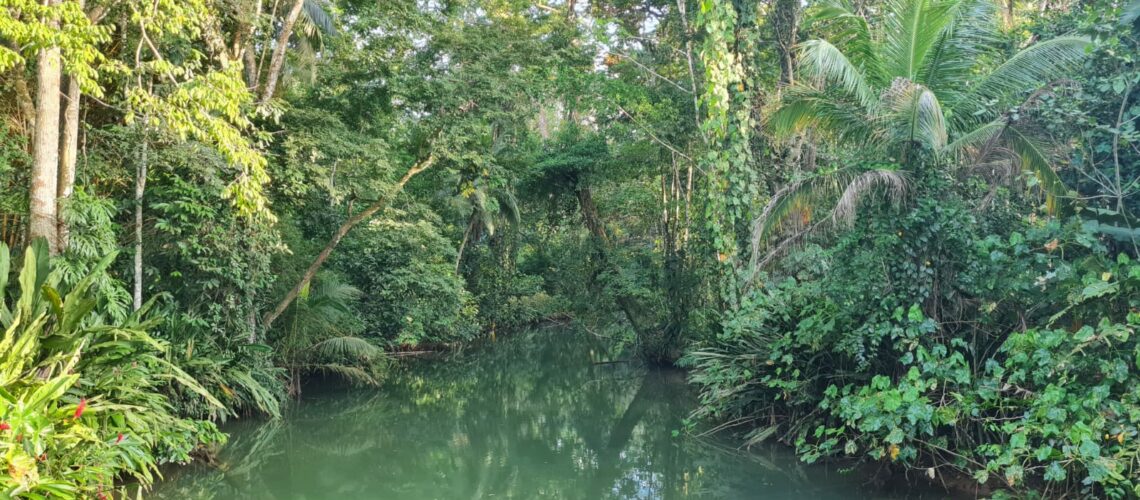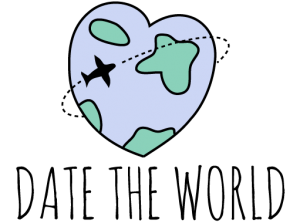Things to know for your Costa Rica Trip


I spent six weeks in Costa Rica from December 2021 to January 2022. The first 3 weeks I traveled - partly by car - with my boyfriend. The other 3 weeks I traveled by myself with public transportation. In this article I have collected all the information that can be helpful when traveling to Costa Rica. As always, I tried to travel on a budget - so this article also includes tips on saving money. More details about the places I visited can be found in my other Costa Rica blogs.
General: Population, Size, Biodiversity
Costa Rica is a country in Central America, bordering Nicaragua and Panama. The country has two coasts, the Atlantic Ocean to the east (Caribbean side) and the Pacific Ocean to the west (Pacific side). Costa Rica is home to about 5.1 million people and best known for its biodiversity and nature reserves. Although Costa Rica is a small country, 6 % of the world's species are found there – so, there is a lot to discover!
Locals: The locals who call themselves "Ticos" are very friendly, open-minded and helpful, but never pushy or trying to sell you something. The local language is Spanish, but most of them also understand (at least a little) English.
Local Food:
- Sodas: typical local restaurants where the locals eat. They offer mostly local food and are run by families. I ate there very often, as the food is really good
- Cascado/ Pinto: rice dishes with beans, chips, salad and optional meat/fish/vegetables
- Local beer: Imperial (local beer is much cheaper than the imported ones!
In the restaurants the tax of 13 % is usually included, but there is always an additional service charge of 10 %. This should be taken into account so that you are not surprised by the amount of the bill at the end.
Drinking water: I did not dare to drink the tap water. However, I have seen some tourists who have done so and had no stomach problems. I would check with the hosts and then decide for yourself if you want to drink it or not.
Weather: The dry and rainy seasons can be different on the coasts in this country! Therefore, at the same time it can be dry season on the Caribbean side and rainy season on the Pacific side. Check in advance which side is best for your travel time. It is usually warmer on the coasts, while it is cooler in the mountainous regions and San Jose.
Plan and book in advance!
When I was in Costa Rica, the country was very popular for travelers because it was relatively easy to enter despite the pandemic. Unfortunately, I was generally there during the peak season at Christmas. It was extremely difficult for me to find free accommodations. Even the hostels were completely booked in some places. I usually love the freedom to book the day before I leave a place, see if I like the new place and travel on when I feel like seeing the next place. But that was impossible at that time in Costa Rica and also took away some of the joy or serenity of traveling for me. Depending on when you go, check in advance the accommodation and booking situation (especially in the tourist hotspots).
Packing List: For Costa Rica you don't need any special equipment, I packed as usual and got along with it. I personally only travel with hand luggage to tropical countries where it is very warm. I pack clothes for about 1 week (no matter how long I am on the road) and give the dirty laundry once a week to the Laundry.
Money: The exchange rate is approximately: 1 USD = 540 CRC / 1 EUR = 580 CRC
You can pay in the local currency CRC (Costa Rica Colones) or in USD. The prices in CRC are usually a little cheaper. If you have USD left over from another trip or if you are coming from America, take USD with you to Costa Rica, since cash withdrawals will of course cost a bit. In most restaurants and stores you can pay with credit card. Pay as much as possible with the credit card, of course, this also saves fees for cash withdrawals. I saw ATMs in almost all places, but there is none in the town of Montezuma. Sometimes the ATMs didn't work because they didn't accept my card or there was no money left inside. Therefore, if it works, I always recommend to withdraw a little bit more for security (I do that in every country).
Prices: Costa Rica is very expensive compared to the other Latin American countries. I was surprised that it is actually more expensive than my home country Austria. I was told by a local that most hotel operators have raised prices again because there is such a rush of tourists right now and of course they lost money during the pandemic.
If you want to save money, you don't have to visit every national park. Since there are so many natural, untreated places in Costa Rica, there are also many animals around. For example, in all the accommodations I stayed I always saw monkeys and iguanas in the trees. If you keep your eyes open while walking around or lying on the beach, you will always see exotic animals.
Examples for prices:
- Basic double room: 40 to 60 USD
- Shared room in hostel from 8 USD, in the famous & fancy Selina Hostel about 25 USD
- Food: in a soda about 3.500 CRC (5 USD), in restaurants starting from 6.000 CRC (8 USD) without drinks (tip: if you want to save 10% service charge, you can order the food for takeaway)
- Beer (local): in the supermarket 1.000 CRC (1.50 USD), in restaurants from 1.500 CRC (2.30 USD)
- National parks: 20 to 35 USD (with a guide the price increases)
- Surf lesson with instructor: 50 USD/ hour
- Bike Rental: 10 USD/ day
- Scooter Rental: 25 to 30 USD/ day (cheaper if you take it for a few days)
- Car (4×4 wheel): 60 USD/ day (fee return to other location: 60 USD)

